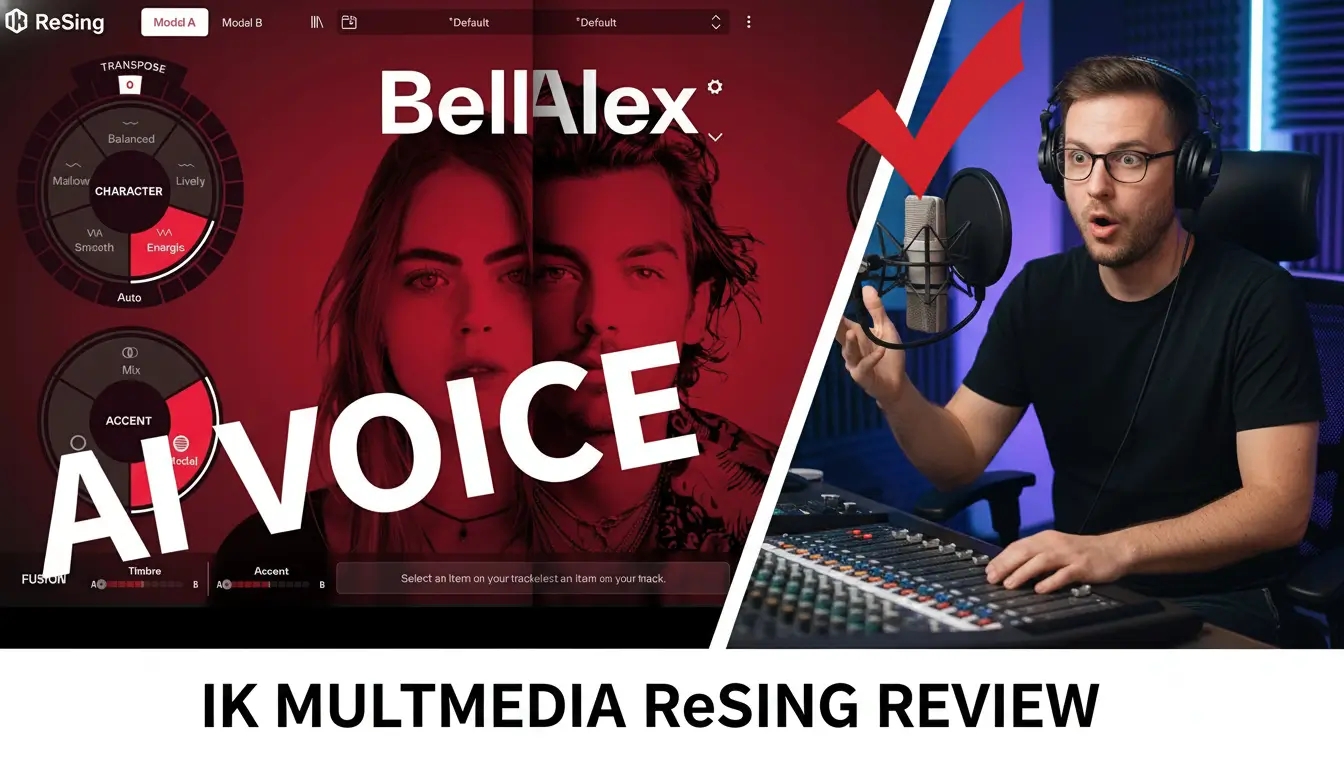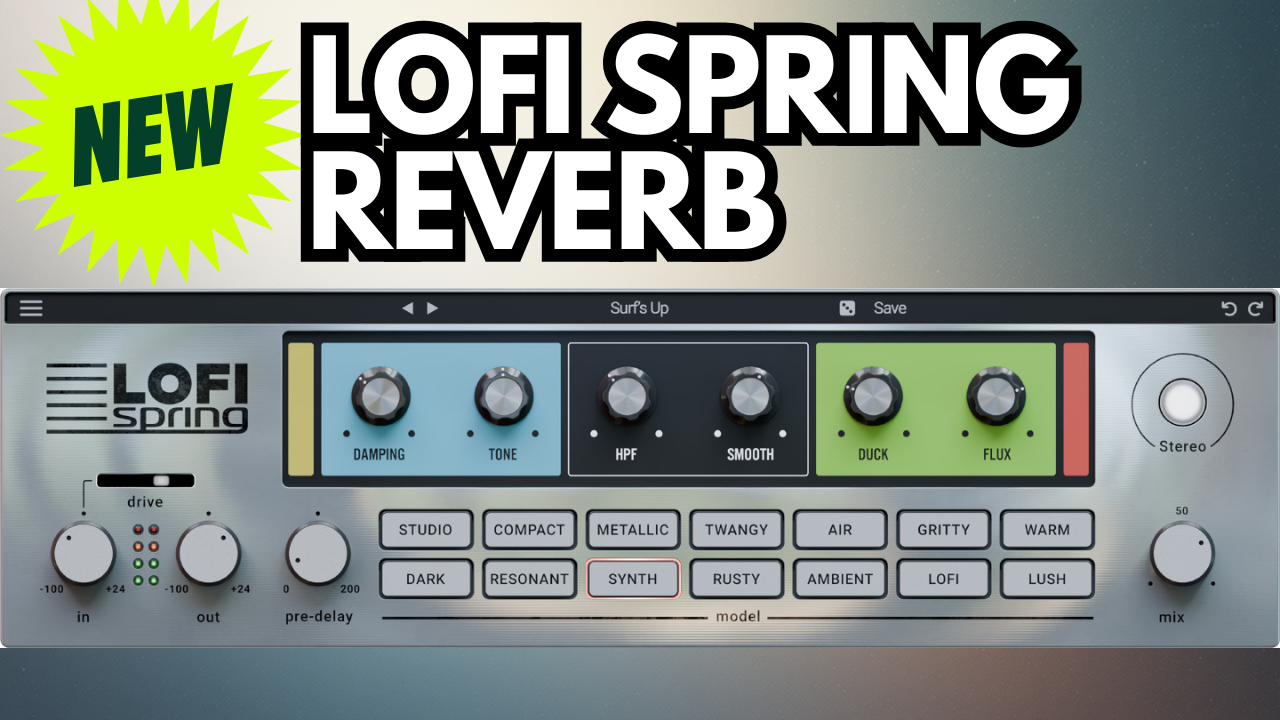I’ve come to realize that successful collaboration is much like a well-oiled machine: each part needs to fit perfectly with the others to function at its best.
When you find the right collaborators, it’s like hitting the jackpot. They help you elevate your ideas, fill in your skill gaps, and drive projects to new heights. But it’s also about blending different personalities and visions into a cohesive team that shares a common goal.
What matters is achieving that sweet spot where everyone’s skills complement each other, fostering an environment where creative thinking and practical action align. It’s not just about finding the best people; it’s about finding the RIGHT people for your unique puzzle.
Related Post:
- Lack Of Inspiration For Songwriting – Tips You Will Love
- Experimental Songwriting Techniques You Will Love
- Using Music Theory To Spark Creativity | Tips You Will Love
Identifying Potential Collaborators: What to Look For

When you’re on the lookout for colleagues to join forces with, EXPERIENCE and EXPERTISE that align with your project’s needs are non-negotiable. It’s not just about having the right resume. You need people who can jump in and make tangible contributions from the get-go.
Then, there’s the matter of WORK ETHIC and VALUES. Imagine the frustration of team members missing deadlines or disregarding the quality of their work. It can derail a project quickly. So, I keep an eye out for individuals who share my commitment to excellence and reliability.
Another essential factor is the DIVERSITY of skills and perspectives each collaborator brings. A team comprised of members with different backgrounds can innovate in ways that homogeneous groups might not. This fresh perspective helps create more robust and inventive solutions.
Finally, don’t underestimate the importance of STRONG COMMUNICATION SKILLS and the ability to handle conflict. The reality is, even the smoothest projects hit snags, and you need a team that can navigate those moments without falling apart.
Reaching Out and Connecting: Best Practices for Initial Contact

Reaching out to potential collaborators feels daunting. You worry about making a good first impression, but it doesn’t have to be complicated. Keeping it professional and straightforward is key.
Crafting an inviting message is crucial. I always start with a brief introduction, stating who I am and why I am reaching out. Being clear about the project’s vision and what role they would play ensures transparency. It’s essential not to leave them guessing.
The places you opt to look for collaborators matter. LinkedIn, industry-specific platforms, or professional forums can be goldmines for connections. Participating in discussions and contributing valuable insights in these spaces can naturally lead to finding collaborators.
Once you start dialoguing, discuss shared objectives. It’s tempting to only focus on what you need, but remember, collaboration is a two-way street. Listen to their goals and questions. This is your foundation for a strong collaborative relationship. Is the synergy there? Can you see eye-to-eye on crucial matters?
You’ve built rapport, agreed on objectives, and now it’s time to transition into the mechanics of collaboration. This means discussing availability, setting expectations, and establishing the groundwork for decision-making processes.
Building Lasting Partnerships: Fostering Trust and Commitment

Picture a bridge, one that connects two distinct lands. That’s what a trustful partnership in collaboration resembles. When you find the right partners, you lay the foundation for something that, with care and continuous effort, can endure the test of time and lead to success for all involved. But how do you move from a shaky wooden walkway to a strong, secure bridge?
The first step is setting expectations. Everyone should be on the same page regarding the project’s objectives and their roles within it. This includes defining responsibilities, deadlines, and the metrics for success. Clarity here is non-negotiable. Without it, you’re building on sand. Regular meetings and updated progress charts are tools that can keep everyone aligned.
Clear communication channels are just as crucial. Decide early on how the team will communicate. Will it be through email, a project management tool, or weekly video calls? Consistency in communication undeniably strengthens the bonds of collaboration, ensuring a transparent and steady flow of information.
Developing trust doesn’t happen overnight. It requires mutual respect, shared experiences, and time. Deliver on your promises, provide support during challenges, and show appreciation for the contributions of others. These actions speak louder than words and sow the seeds of a robust partnership.
The reality of collaboration is that it often extends beyond a single project. Developing long-term strategies for maintaining a healthy partnership can include regular check-ins, celebrating milestones together, and providing mutual feedback. Strategic partnerships further open doors to opportunities that might otherwise be inaccessible.
Lastly, remember that commitment to collaboration is a two-way street. Both parties must be willing to invest time and energy into the partnership. It’s not enough to simply find the right collaborator; you must also be the right collaborator.
Navigating Challenges Together: Conflict Management in Collaboration
When you’re working closely with others, disagreements are inevitable. It’s how you deal with these conflicts that can set your collaboration apart. Think of conflict as an opportunity to improve: it often brings underlying concerns to the surface.
The first step in managing conflicts is to anticipate them. By recognizing potential friction points early on, you can address issues before they escalate. Ensure everyone involved understands the project’s objectives, and their roles, and has the chance to voice concerns regularly.
Open communication is your strongest tool. Create a safe space where all team members feel they can speak openly without fear of negative consequences. Encourage regular check-ins and be proactive in asking for feedback and sentiments about the project’s direction.
Should a conflict arise, address it HEAD-ON. Don’t allow it to fester. Bring the involved parties together to discuss the matter respectfully. Listen actively to all sides, seeking to understand each perspective before jumping to conclusions or solutions.
Remember, the goal isn’t to ‘win’ the argument but to find the best path forward for the project. Practice empathy and consider solutions that address everyone’s needs. Sometimes, bringing in a neutral third party can help mediate and provide clarity.
Finally, establish conflict resolution protocols before you start your project. These guidelines will provide a clear path to follow when tensions rise. Reinforce the idea that resolving disagreements is a shared responsibility among all collaborators.
Evaluating Collaborative Outcomes: Learning from Experience
After the final presentation has been delivered or the project officially wraps up, it’s crucial to take a moment to reflect on the collaboration. Evaluating the outcomes with a critical eye isn’t about assigning blame or basking in accolades; it’s about growth.
Begin with a straightforward assessment of project performance against predefined goals. Did the project meet its objectives? Where did it exceed expectations, and where did it fall short?
Institute regular feedback sessions among collaborators. This encourages open dialogue and ensures everyone is heard. Positive feedback celebrates successes, while constructive criticism can pave the road for improvement in future endeavors.
Consider documenting the collaboration process. This can be a valuable resource for understanding the dynamics that contributed to the project’s outcomes. It also serves as a record to reference and learn from for future projects.
Lastly, always look ahead. Think about how the lessons learned can enhance your next collaborative experience. Reflect on compatibility with the collaborators and the value each contributed. Could these relationships be part of your professional network for years to come?
Collaboration is often as much about the journey as it is about the destination. By taking the time to evaluate and learn from each experience, you’re not just completing a project; you’re building a foundation for future successes.
Want To Learn More?
Check out these posts:




Leave a Reply